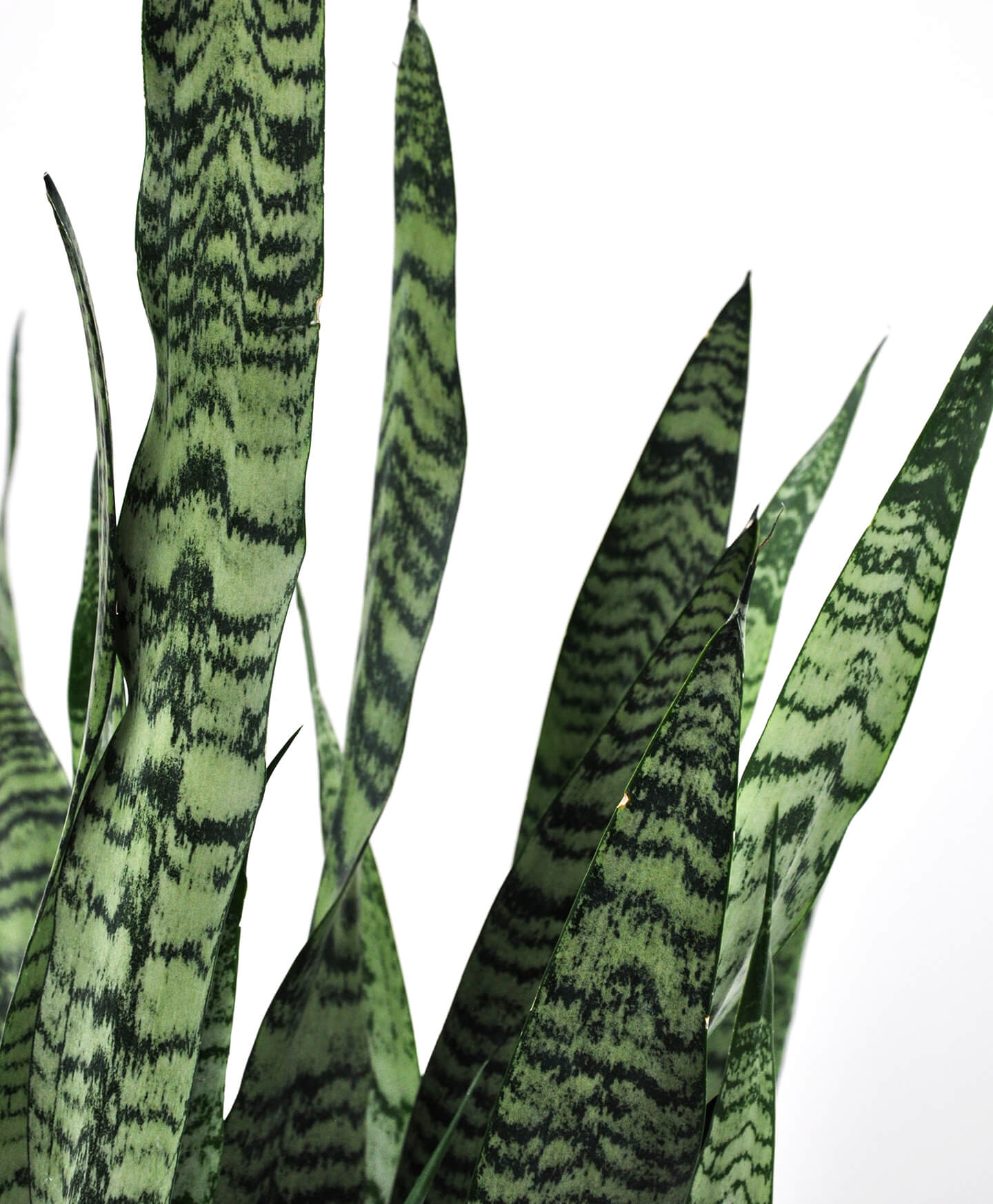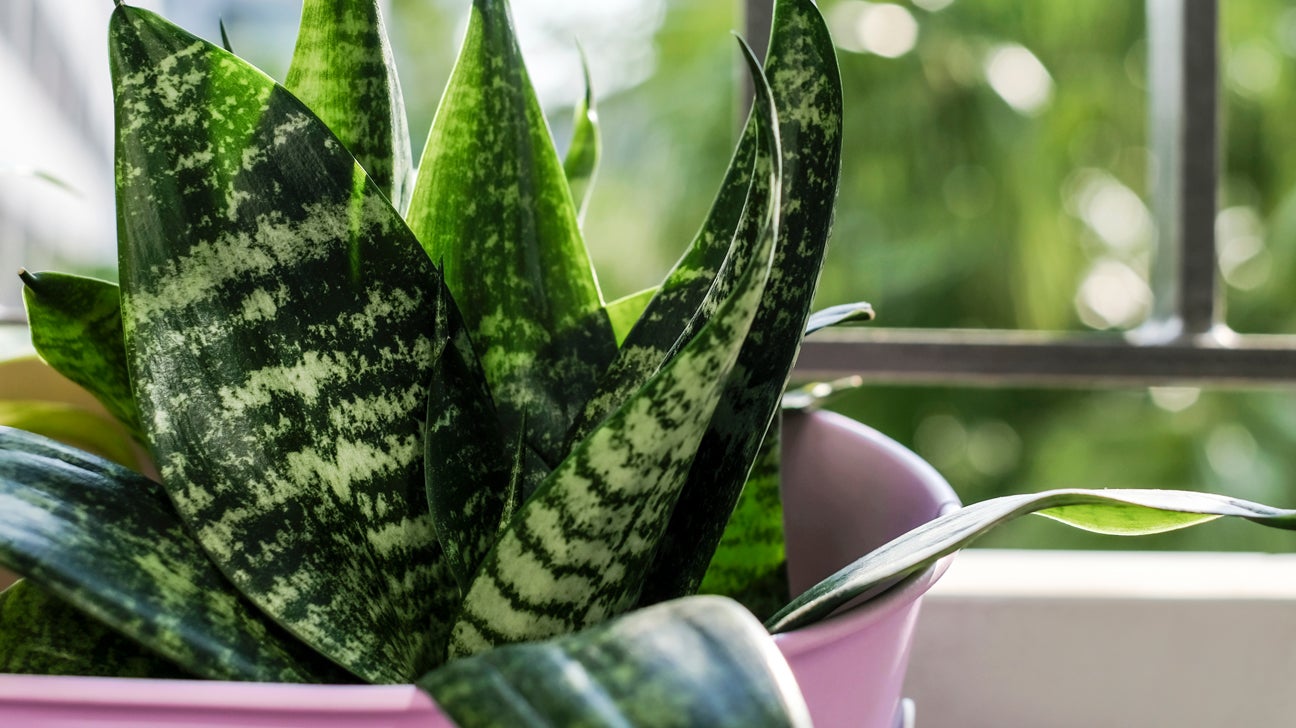Snake Plant Leaves Turning Yellow Things To Know Before You Buy
Table of ContentsExamine This Report on Snake Plant Leaves Turning YellowThe 8-Minute Rule for Snake Plant Leaves Turning Yellow10 Easy Facts About Snake Plant Leaves Turning Yellow Explained7 Simple Techniques For Snake Plant Leaves Turning YellowNot known Details About Snake Plant Leaves Turning Yellow Getting My Snake Plant Leaves Turning Yellow To Work
If you intend to have a serpent plant in your house, here are a couple of things to bear in mind: Way too much water is this plant's weakness. Area a snake plant in a well-drained pot to stay clear of overwatering, as it can trigger decomposing. Only water the dirt when it's entirely dry.If entirely shaded, the plant can plain and the leaves might become a bit floppy. Serpent plants are not just easy to care for yet very easy to increase. Simply comply with these directions: Cut off a healthy leaf near its base and make a bottom-side-up V cut near the bottom. After that, place the leaf in a tidy container of water.
When roots have started to create (3 to 5 weeks), you can keep in water or transfer to soil. Location a serpent plant in a well-drained pot to avoid overwatering, as it can trigger deteriorating. Make certain the pot has an opening to permit draining pipes. Serpent plants are confirmed to be as valuable as they are aesthetically appealing.
Utilize the blade to divide the plant right into areas, maintaining the origins for each section undamaged. Spin-offs or pups are child plants arising from the dirt.
10 Simple Techniques For Snake Plant Leaves Turning Yellow
Make use of a sterilized cutting device to eliminate a long, healthy and balanced fallen leave at its base (Snake Plant Leaves Turning Yellow). Immerse the cut end of the fallen leave in a clean container of water and established the jar in a partly bright area. Or allow the cut end to unsympathetic over for 1 day and after that pot it cut-end down
Night-blooming flowers are aromatic and similar in look to lilies. Be sure to choose a cultivar that grows, due to the fact that not all serpent plant varieties will blossom. The Spruce/ Alonda Baird The Spruce/ Alonda Baird The Spruce/ Candace Madonna Serpent plants grow ideal with eight to ten hours of indirect sunlight or a couple of hours of early-morning straight sunlight.
Throughout winter, check the plant's soil mix every two weeks or sothe plant could need to be sprinkled only as soon as a month. If you discover its leaves are fragile and completely dry, water instantly. During springtime and summer season when the plant remains in energetic growth, sprinkling every two weeks or so is usually sufficient.
To regulate elevation, remove the tallest leaves at the soil line with a sterilized reducing device. Damaged fallen leaves can be gotten rid of at any type of time, nevertheless, winter season trimming can trigger stress and anxiety. Repot your snake plant every three to five years, or when you see origins outgrowing the openings in the bottom of the pot.
A Biased View of Snake Plant Leaves Turning Yellow
The finest time to repot is in springtime., position it at the very same level as it was in the initial pot. Snake plants do not tolerate temperature levels lower than 50F.
Serpent plants are susceptible to usual houseplant insects such as scales, gnats, spider mites, aphids, mealybugs, and whiteflies. Many can be removed by hand or with a mild spray of water. Deal with infestations with Homepage neem oil. Snake plants are among the simplest plants to keep and can last for several years.
Having a serpent plant has several advantages (Snake Plant Leaves Turning Yellow). It's a simple and useful method to start earning your green thumb. Right here are several of the very best elements of having a snake plant. Easy to care for and a fantastic very first plant for beginning garden enthusiasts, Distinct shape adds elevation and rate of interest to houseplant collections, Adapts to various light conditions and endures low-light environments, Plant is flexible and nearly indestructible, Compact growth routine fits well in little areas, Dry spell immune FAQ Snake plant gained its name as a result of the method its long, slim leaves with distinctive stripes and various other markings look like some kinds of serpent.

The Ultimate Guide To Snake Plant Leaves Turning Yellow
Serpent plants are easy-care houseplants. Every now and then, repotting Serpent Plant kingdoms is essential for maintaining a healthy and growing plant. This tutorial on repotting Serpent Plants shows you the actions to take, the mix to make use of, and when you should repot your snake plant. Serpent Plants are several of my very preferred houseplants.
I actually repotted 5 of my plants yet you only see 2 of them below. I call this task the "Snake Plant switcheroo" since I switched out containers and areas they were in.
That's why I include the delicious and cactus mix because it's beefy and well oxygenated (Snake Plant Leaves Turning Yellow). I additionally toss in a couple of handfuls of natural garden compost as I'm planting (I go much lighter on both this and the worm garden compost when repotting houseplants as contrasted to container plants in my garden) and a 1/2 layer covering of the worm garden compost
Both are complete of top notch active ingredients. Make sure whatever potting soil you use states it developed for indoor plants on the bag. I make use of Container's regional compost.
3 Simple Techniques For Snake Plant Leaves Turning Yellow
The top four are what I utilized for my mix.

If yours is in a 6 grow pot, then an check over here 8 pot would certainly be the dimension you 'd desire to utilize. Because Sansevierias like to spread out as they grow, I have actually located that they do not need a deep pot. A deep pot has even more soil mass near the bottom which could stay also wet which causes root rot.
You can see the thick roots they keep water in addition to the origins & leaves. Gather your dirt mix products. (Occasionally I mix them up in advance, and various other times in the pot as I accompany. Loosen up the plants from their pots. For one plant I utilized a dull blade and for the other, I delicately continued the expand pot.
Little Known Questions About Snake Plant Leaves Turning Yellow.
When the plant useful reference runs out the pot, measure how much soil mix you'll need to elevate the top of the origin ball up to 1/2 to 1 below the top of the brand-new pot. Add the mix in. Area the plant in the pot and fill in around the sides with mix.